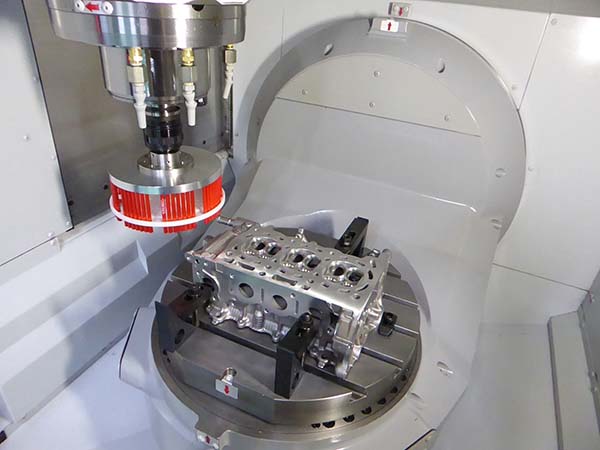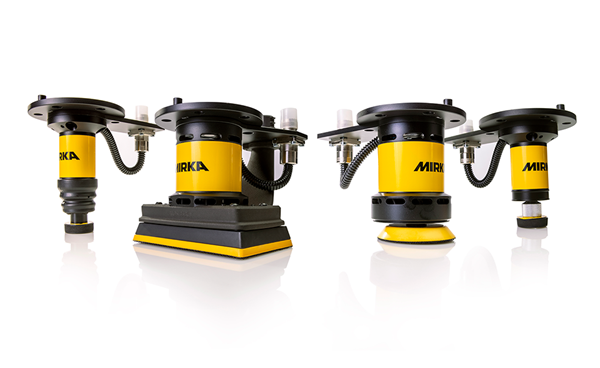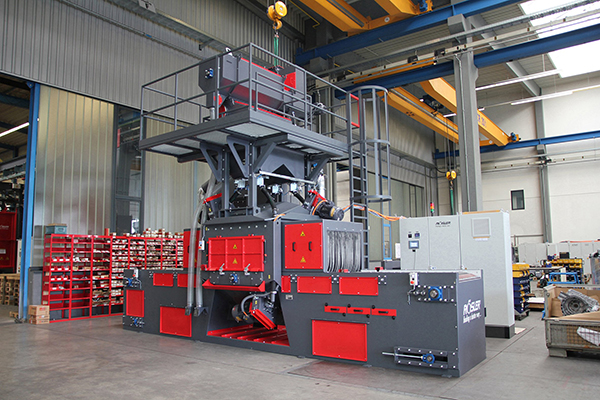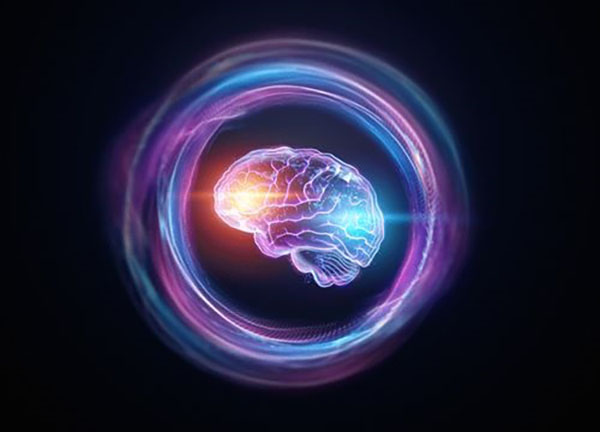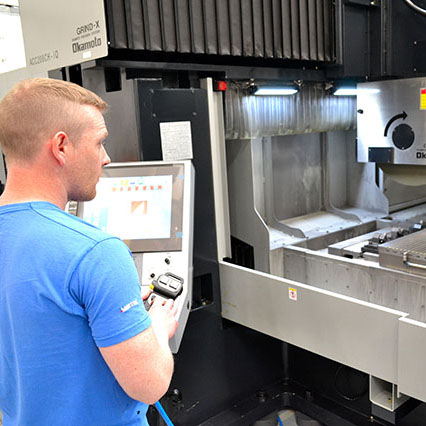
Preparations are running at full bore for the fourth edition of DeburringEXPO as a live in-person event at the Karlsruhe Exhibition Centre in Germany on 12-14 October. There is no substitute for personal contact and the real presentation of products and solutions at a specialised trade show. Face-to-face discussions with customers and trade visitors create trust when initiating business and make product presentations tangible.
Exhibitors at DeburringEXPO are therefore already looking forward to holding the trade fair for deburring technologies and precision surface finishing as an in-person event. With good reason, because around 94% of show visitors are involved in operational investment decisions. And with a rising IFO Business Climate Index for Germany, which recently reached 99.2 points, the highest value since May 2019, investments are picking up again in sectors such as automotive, mechanical engineering, sensor, medical and pharmaceutical technology, tool and mould making, metalworking, aerospace, and environmental and energy technology.
Attention is focussing on solutions with which companies can meet stricter, as well as new, requirements for deburring and surface finishing quality.
“Among other factors, this requirement arises from stricter specifications for products and their surface finishing, for example due to downstream processes such as joining, coating, sealing and assembly,” reports Hartmut Herdin, managing director of fairXperts GmbH & Co KG, organiser of DeburringEXPO. “Changing production technologies and materials, such as workpieces made of material combinations, also necessitate optimised solutions for deburring, rounding and the production of precision surface finishes, as well as the cleaning of components after these processing steps.”
The exhibition will also feature an integrated three-day expert forum. Simultaneously interpreted presentations (German <> English) will provide information concerning solutions to current problems covering all exhibition segments.
For further information
www.deburring-expo.de






